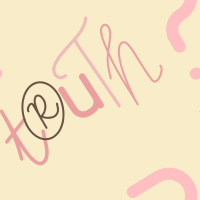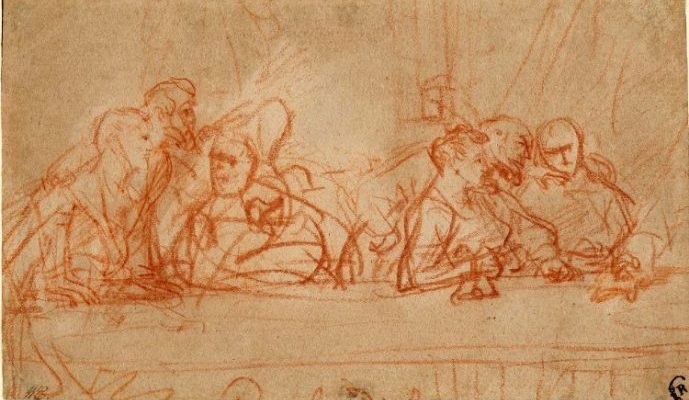 I regard memoir as a very important part of literature, so it is disheartening to have a string of commercially-successful memoirs exposed as untrue.
I regard memoir as a very important part of literature, so it is disheartening to have a string of commercially-successful memoirs exposed as untrue.
Also discouraging is trying to explain to my students – who range from college students to professionals in other fields who are expanding their writing skills – as they are increasingly asking what distinguishes memoir from fiction.
Most of you who follow the vicissitudes of the literary world know about memoirs that have been exposed as false. There have been several books since the rise of memoir that have drawn media attention, primarily questions about details of fact.
The top fully blew off the pot in 2006 with James Frey’s “A Million Little Pieces,” which was first pitched to publishers as a novel and when it didn’t sell was then repitched as a memoir. It sold, and the rest of the story is now legend, with a large dose of Oprah Winfrey thrown in.
Since then there have been a variety of lesser kerfuffles.
But in the news in flashing neon this spring have been some big bummers: “Love and Consequences” (released in March and immediately recalled) by Margaret Jones, aka Peggy Seltzer, and “Misha: A Memoir of the Holocaust Years” by Misha Defonseca published over 10 years ago and discovered last month to be an invented story.
We can’t deny the reality of what these writers have done. Flat out: They have misrepresented their intentions as storytellers and hurt serious writers.
I want to be clear here: That act of misrepresenting one’s intentions as a storyteller is different than the act of crafting a truthful recollection of life experience, wherein we reconstruct our past with narrative, using the best of our abilities to recall the truth of the moments as they present themselves through the veil of memory.
Making a personal truth out of the material of memory is not lying; it is not the same as leading your editor and publisher to believe that you lived a series of events that simply did not happen.
I fear a backlash against wonderfully written stories, a slap at all writers who feel drawn to the genre of memoir. Consequently, it is our responsibility as narrative nonfiction writers to pull together around this issue and answer for ourselves two key questions:
• Just what are the rights and responsibilities of the memoirist? These are rooted in a clear understanding of what the form can best achieve as a genre, both for writers and readers.
• Where do you stand in the gulf between factual truth and emotional truth, in that Grand Canyon of artistic license between getting every fact correct at the expense of some deeper resonant meaning for the soul, and seeking a connection between individual and universal experience through the arc of story and its consequent demands, at the sacrifice of a few factual details?
These questions get to the root of ethical issues confronting us as literary artists.
There is a difference between a bedrock kind of soul truth, achieved through the artful and honest exploration of the human experience, and the reeling out of a series of events that are perhaps artful but wholly untrue as lived experiences.
Memoir is the faithful representation and weaving together of the Shimmering Images of our lives—those iconic memories that gird the reality we have come to call our “story.”
Memoir is not an invented tale of things that never happened to you.
Bear toward that harbor in the memoir storm and all shall be well.


